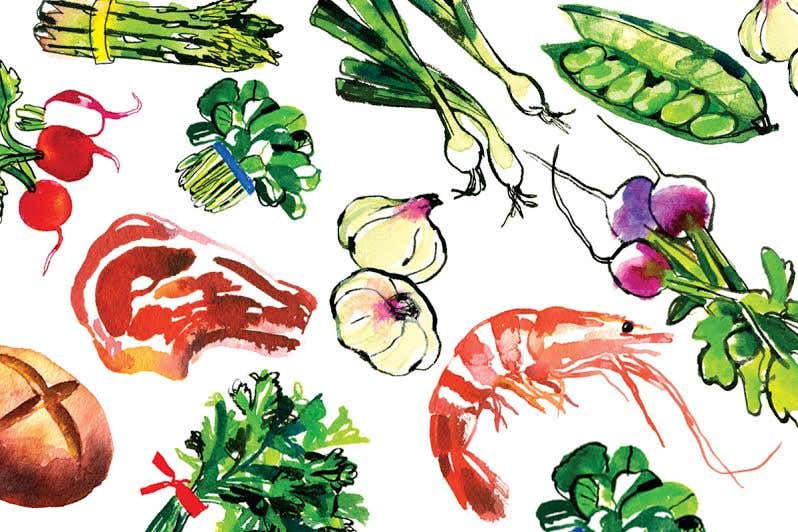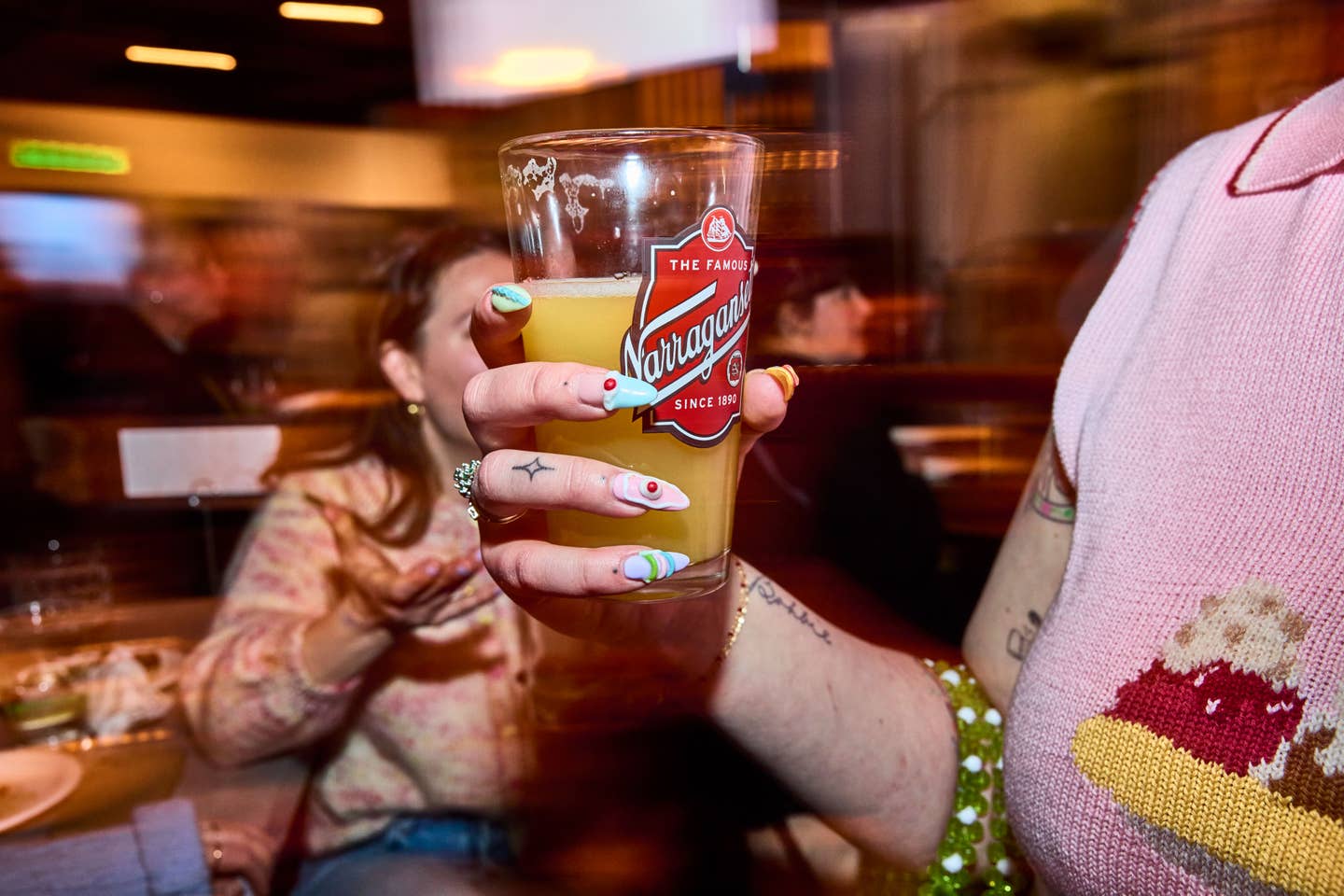
How Pu-Erh Becomes Pu-Erh
Depending on how you look at it, processing pu-erh from fresh leaves to finished tea takes as little as a day or as long as decades. Here’s a cheat sheet to understanding the life of pu-erh, from tree to cup
All tea is made from Camellia sinensis, but to be pu-erh, the leaves must be from the large-leaf C. sinensis var. assamica, grown in Yunnan Province, and processed to encourage oxidation and microbial fermentation.
You'll find pu-erh bushes densely packed on plantations, but many obsessives go after tea made from old-arbor trees in wild, spread-out forest groves. Ancient trees—some centuries old—draw more complex nutrients from the soil for a tea with richer character.
First, the leaves are picked by hand, then laid out on long beds indoors to wither.
The withered leaves are then tossed in massive woks by hand. This “kill green” step drives out moisture from the leaves and moderates enzymes that would cause excessive oxidation.
The leaves are then rolled and kneaded to develop flavor and aroma while driving off additional moisture. Finally, they're sun-dried.
Most pu-erh is then compressed into dense cakes with heavy stones or hydraulic presses. People originally pressed the tea to make it easier to transport over long distances. Now they continue the practice to facilitate better storage and aging.
An alternative to this “raw”-style pu-erh is “ripe” pu-erh, made from leaves that compost in big, humid piles for a few months, which accelerates the aging process to mimic the taste of vintage tea. It's generally less expensive than raw but also less complex.
The Many Shapes of Pu-Erh
mushroom = jin cha
cake = cha bing
brick = cha zhuan
bowl = tuo cha
The tea can be pressed into a number of shapes, and the degree of compression also impacts how the tea will age. The tighter a cake is compressed, the slower it ages.
Now the tea is ready for its journey across the world for drinking or aging. A pu-erh's storage climate influences how it ages: A cake stored for 10 years in Hong Kong will taste different from one in Seattle. Naturally, pu-erh nerds obsess about where and how their tea was stored as much as how it was grown
What's in a Label?
Pu-erh labels often offer frustratingly little information, and what they do share is often inaccurate. There's no regulation about origins, age statements, even what brand produced a tea.
You might see a sequence of four numbers on a cake, like 7542. Pu-erh people call these codes recipes, which refer to specific factory blends. The first two digits correspond to the year the blend was introduced (not the year the cake was pressed)—in this case, 1975. The third digit corresponds to the size of the leaves (graded 1–9). The fourth refers to the factory; 2 is the Menghai Tea Factory, and 7542 is their most prestigious recipe.
But a recipe is far from a guarantee. Quality varies by year and season; it even depends on where the tea is aged. So the best way to read a label? Ignore it and taste the tea on its own terms.
Keep Reading
Continue to Next Story










